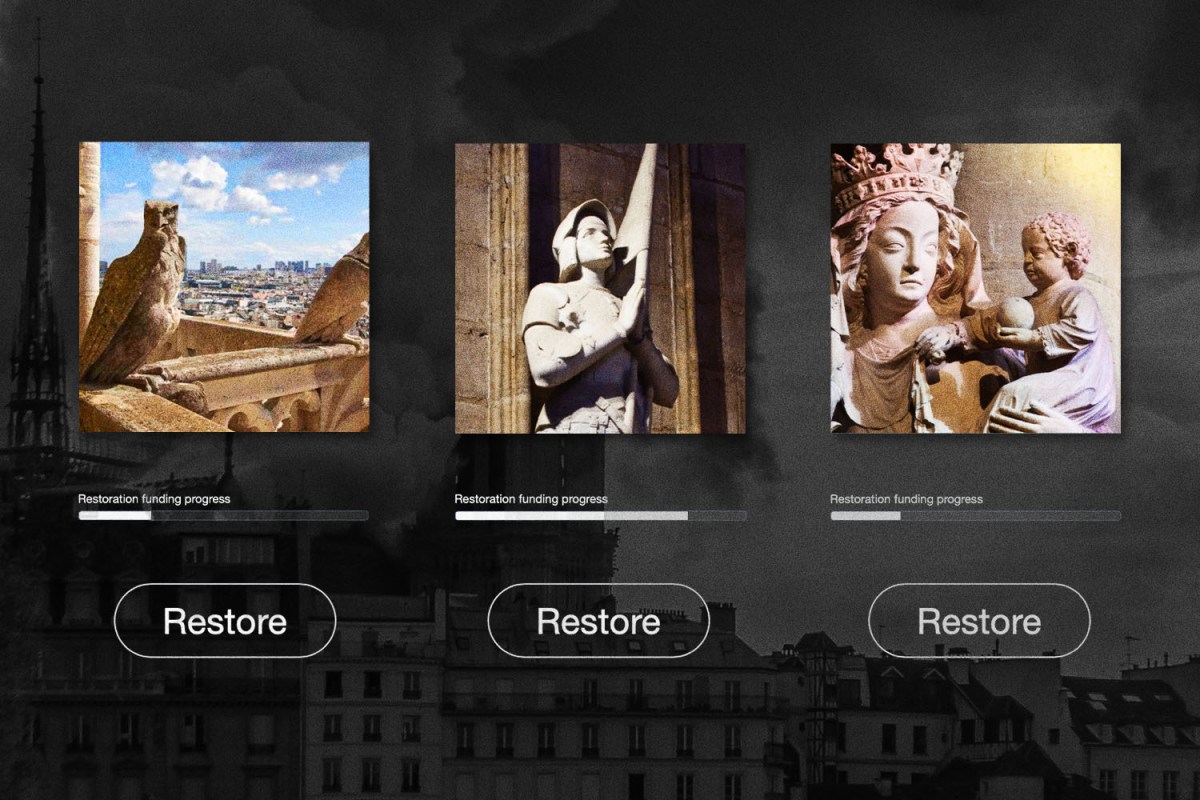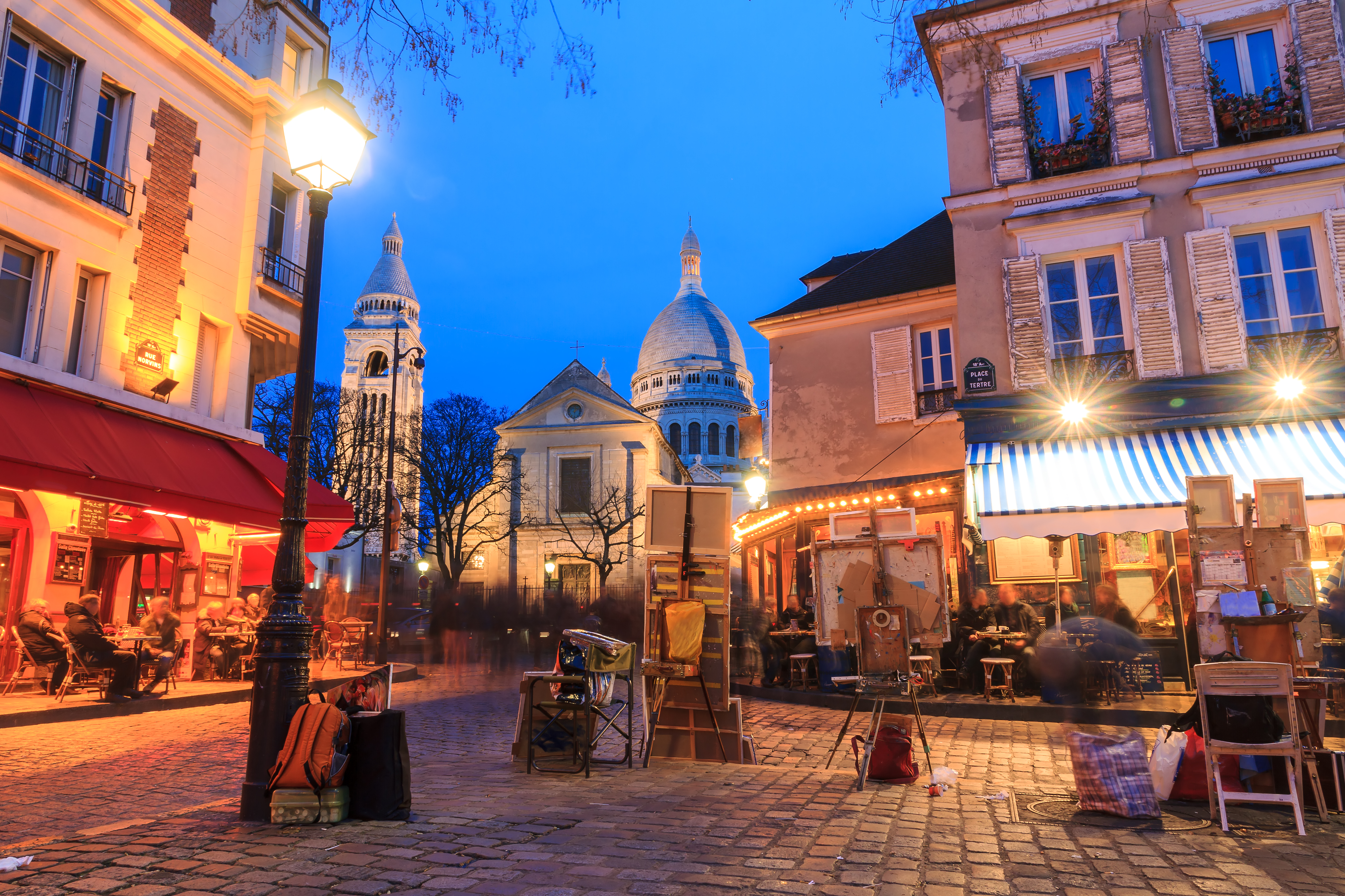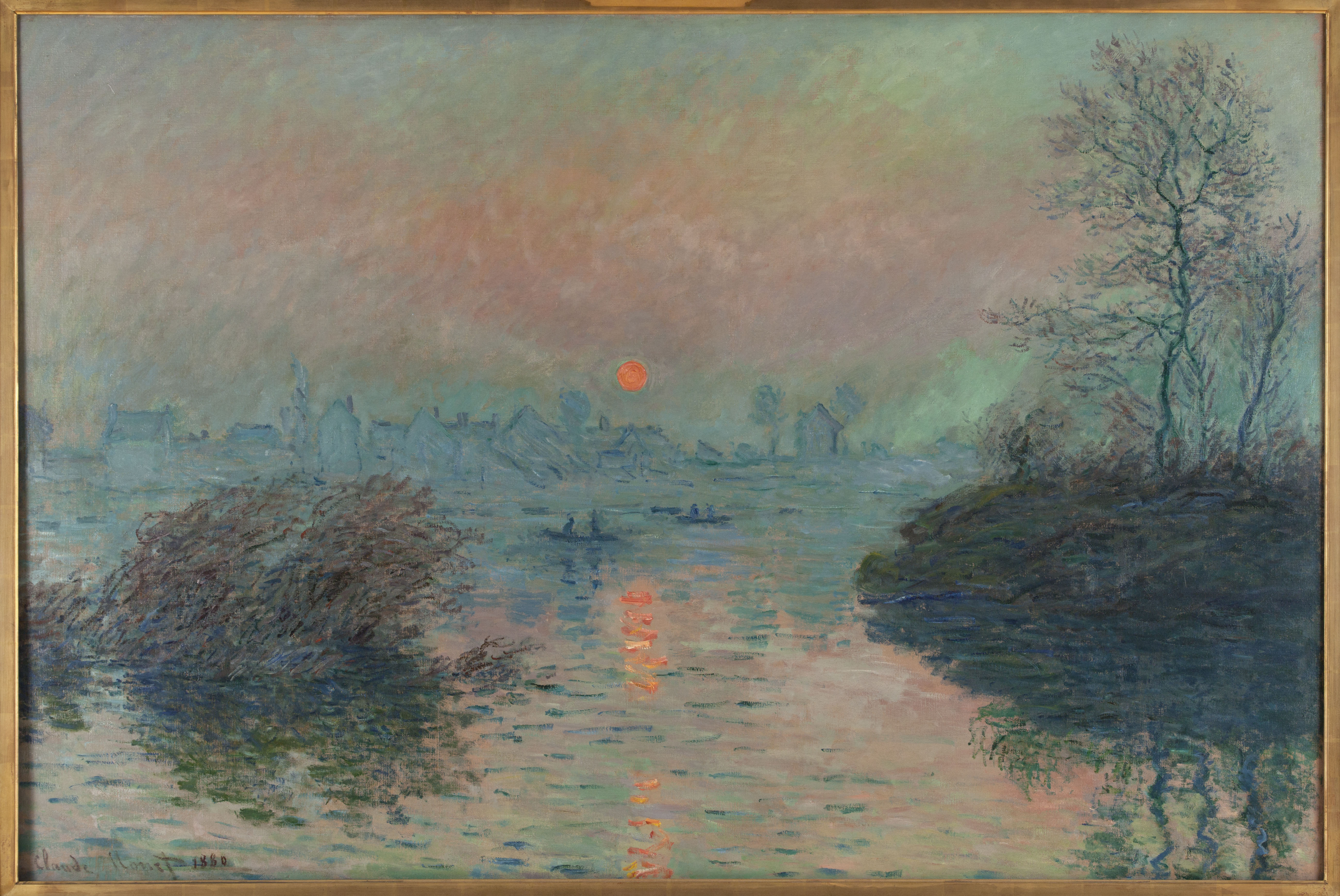On April 15, 2019, Notre Dame de Paris caught fire. The spire and the roof of the 850-plus-year-old building burned for about four hours. While some of the structure was saved, much was destroyed or badly damaged, from the outer architecture to the art, statues and artifacts inside.
Ideas on how to rebuild came quickly. Ultimately, two days after the fire, French President Emmanuel Macron set a target date to reopen the iconic cathedral in 2024, ahead of the Paris Olympics. It’s an ambitious timeline by any means, and one that will come in fits and starts.
“The full restoration will last until the end of the decade,” says Michel Picaud, president of the non-profit Friends of Notre-Dame de Paris, which is helping lead renovations. Much of the exterior will continue to need work, though in 2024 there’ll be a roof and inside access, and “the interior will look [similar to what] it was prior to the fire.”
Fixing the artworks is a big part of hitting this goal. To help reach it, Picaud and his team are approaching funding for the art restoration in a sort of “adopt an artwork”-style process that allows the public to learn about pieces individually and fund the ones they want to help restore to former glory.
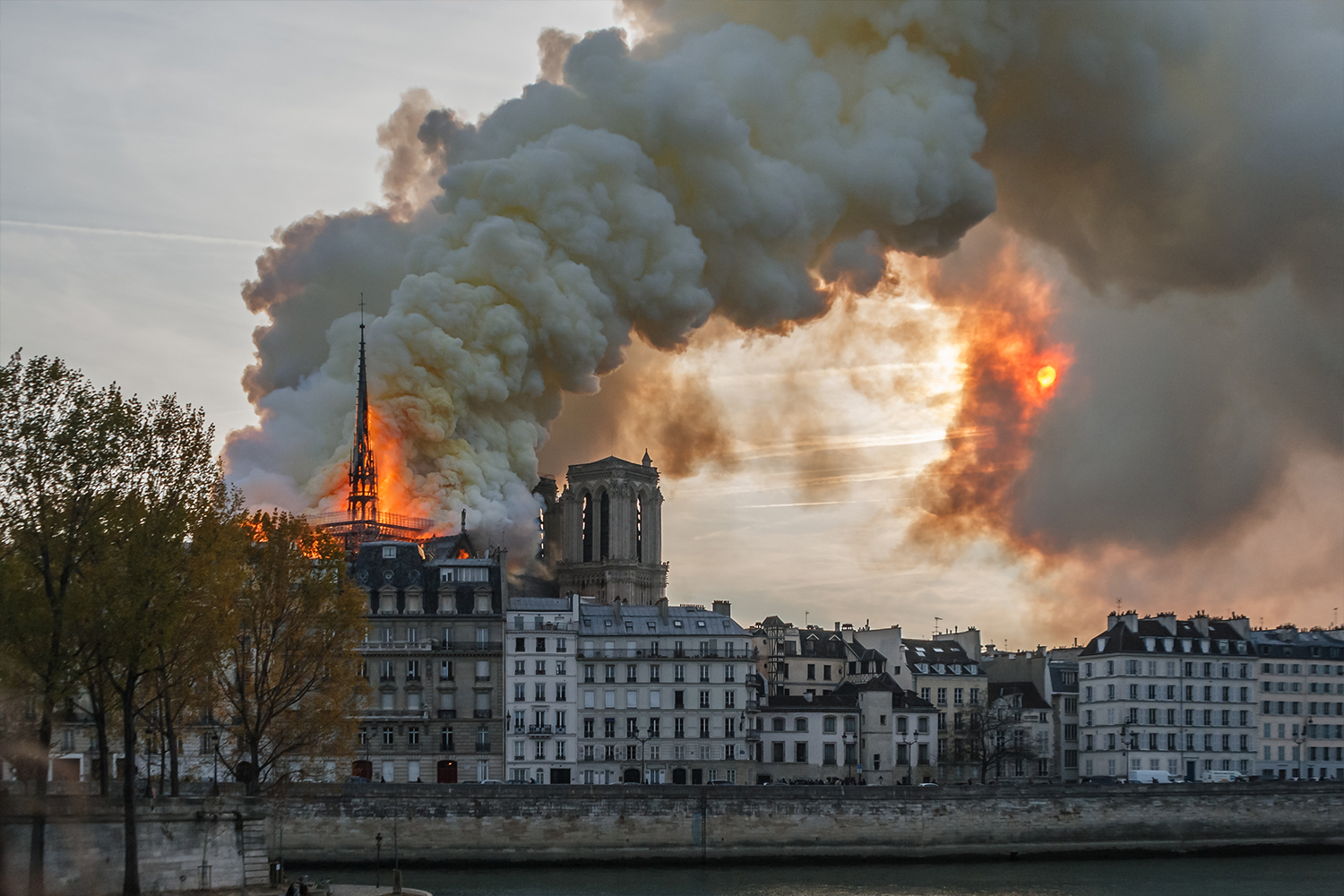
An interactive site run by Friends of Notre-Dame de Paris has a puzzle-like gallery with deeper information on each artifact that needs funding. There are paintings, like the 1687 Louis Chéron work The Preaching of the Prophet Agabus to Saint Paul, and statues, like the Angel of the Judgment Day, which was originally carved in the 13th century. The grotesques — the decorative, gargoyle-like stone statues also known as chimeras that were added to Notre Dame’s upper gallery in the 19th century — are listed, as well as the massive and intricate choir carpet completed in 1833.
The Friends of Notre-Dame de Paris started in 2017 to refurbish and restore neglected parts of the cathedral. It had its work cut out for itself long before the fire, but the scope of what needs attention, obviously, has drastically increased inside and out. With the new funding site, the inside repair needs are almost as visible as the outside ones. To scroll through the Restore Notre Dame gallery is to click through what makes Notre Dame, well, Notre Dame.
“It’s a very modern perspective to think about Notre Dame just as an architectural structure, as great and beautiful and innovative as it may be,” says Dr. Jacqueline Jung, an associate professor at Yale who focuses on Medieval European art and architecture. “For medieval people, the architecture was a magnificent frame and shelter for liturgical and devotional activities and for all the material things associated with those activities.”
For proof, Jung points to written accounts from the 14th century that “suggest that the paraphernalia inside the church were just as appealing and memorable as the architecture (if not more so).” Paintings and sculptures tell a narrative of what was important at the time — something that has evolved over the centuries, as shown by the grotesques and chimera: now-iconic details that were added by 19th-century restorers like Viollet-le-Duc in an attempt to mimic the ideal Gothic form.
People who intend to see Notre Dame in the near future will have to embrace that appreciation of artifacts, considering the works are integral to what people will be able to see in 2024. Sure, Paris is home to world-class museums, but a work of art hits different in Notre Dame.
“There’s a richness of experience that comes with seeing these objects in their ritual setting,” says Dr. Maile Hutterer, an associate professor at the University of Oregon who teaches architectural history, Gothic architecture and Medieval art. “When you go into a museum you may be looking at a relic or painting against a white wall in a quiet space that’s relatively sterile, devoid of ambiance. When you see it in the cathedral, you have some degree of that whole sensorial experience that really changes the way you interact with the object.”
That’s not to knock museums, Hutterer adds, but seeing works in a ritual setting provides different context.
To put it another way, “the building, as a structure, is a majestic thing,” Jung says, “but the things it contains are like the batteries that give it energy. Putting the works of art into a museum would dull both their vitality and the building’s.”
How you can help fund your favorite aspects of Notre Dame
With travel still limited due to COVID-19, technology is helping the Friends of Notre-Dame de Paris bring the cathedral and all it contained to the people. New York-based creative agency Annex88 created the interactive website pro-bono to help track individual restoration projects and draw attention to pieces that still need to be restored.
The site’s design allows for a funding model with parallels to wildlife conservation efforts that let people “adopt” an endangered animal. It’s a model less typical for a historic project like this. On one hand, it could inspire people who want to choose exactly where their donation goes. On the other, it can make funding feel like a popularity contest rather than an expert-led process based on need (though people can also choose to donate to a general restoration fund as well). Anyone can filter the artifacts page by percent funded and see that, at the time of this writing, nine statues of saints have been fully funded. Famous pieces like the statue of Joan of Arc and Stryge, the beloved chimera sticking his tongue out, are nearly fully funded. Tombstones and many of the 17th-century paintings (called the Mays), though, have received little to no direct donations.
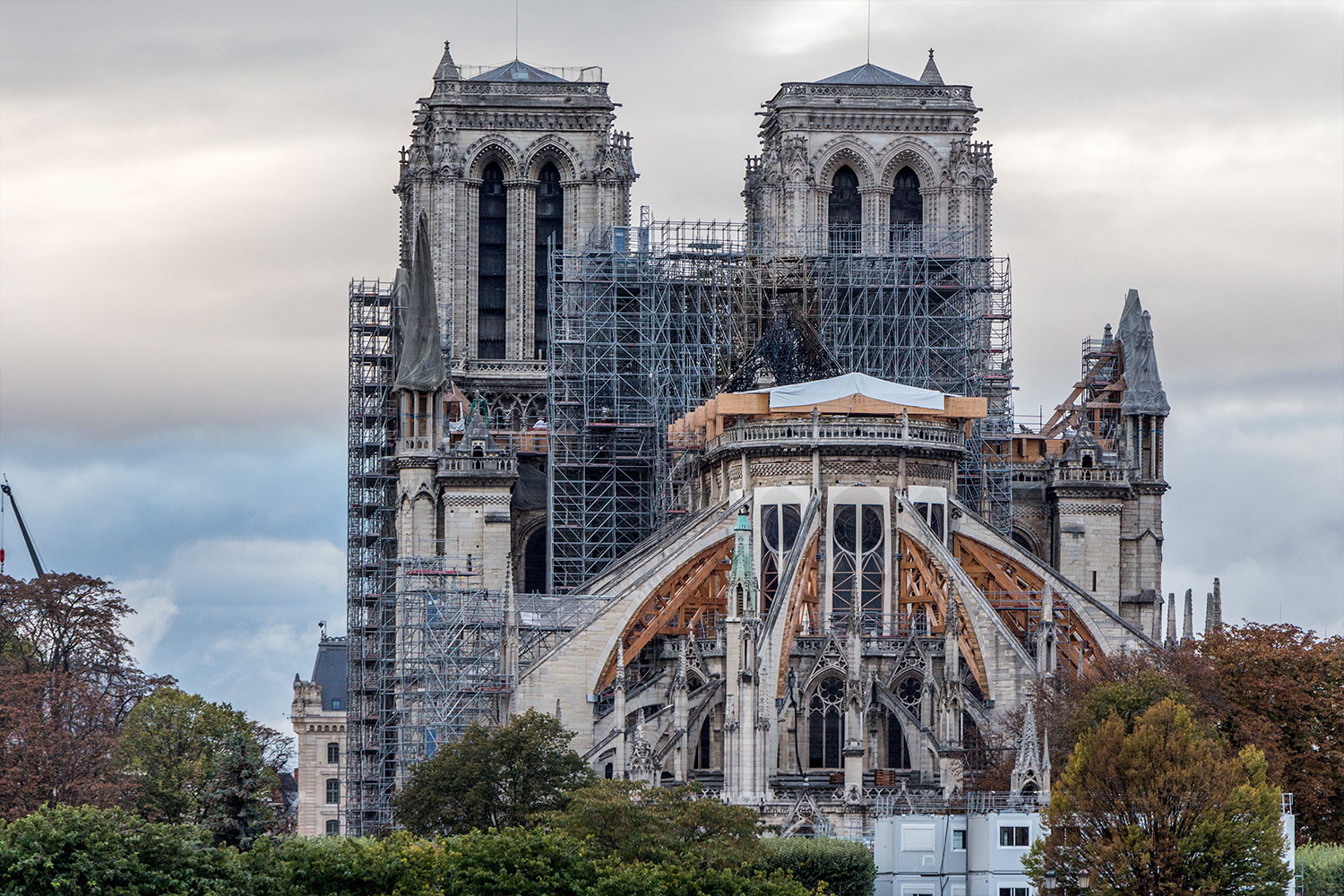
Jung, for her part, would like to see the choir carpet receive more attention, as well as the Virgin of the Pillar.
Regardless of your view on the donation system, Picaud says that Americans have been especially helpful in funding restoration. Americans, frankly, have a general appreciation of all things Parisian, and he hopes we continue to help bring Notre Dame back to its former state.
Until then, the cathedral will be a constant work in progress — progress that will continue long after the fire damage is repaired, Picaud says. An 850-year-old building takes plenty of maintenance to remain stable. That in part explains why new funding models that build connections with people near and far is important; individual donors are a large part of what makes the reopening — and remaining open beyond that — possible.
“It’s a very ambitious timeline, but we’re also operating at a moment when such ambitious timelines are possible,” Hutterer says. Even if visitors won’t get the full, pre-fire experience in 2024, they will be able to see the constantly evolving cathedral at an important moment in history both on-site and online.
This article was featured in the InsideHook newsletter. Sign up now.
